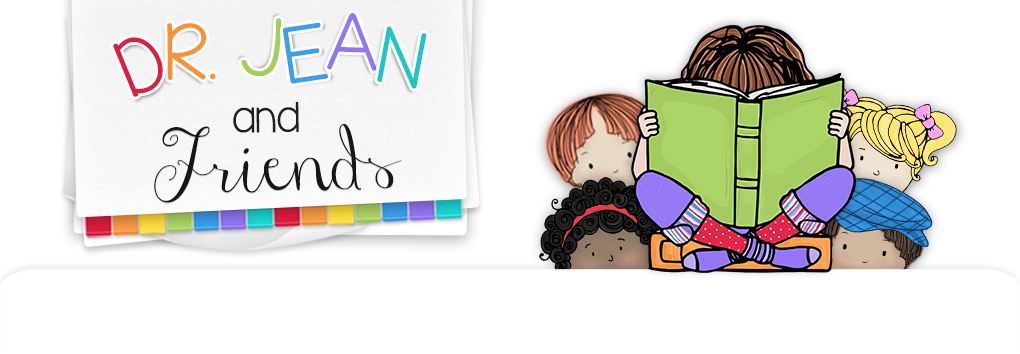I am so grateful to all of you who read my blog. Believe me, writing this is a task of
love. So many teachers have touched my
life and shared with me over my 45 year journey that I feel compelled to give
back. The truth is, writing this blog
keeps me from getting dementia.
Seriously, what would I do if I didn’t do this? So thank you!
Thank you!
But, sometimes I wonder, “Is anybody out there? Does anybody actually read this?” Some of you have heard me share the same activities over and over – but how many of you are visiting with me for the first
time today? I always tell people that
what I do is like going to a big box store.
You don’t put everything in your cart – you only put the things that you
need and want. I try and give you as much as I can and I invite you to pick, choose, adapt, and make these ideas work for you.
July is a busy month for me as a consultant. I love every minute of meeting new
teachers and sharing ideas. (Well, not
exactly every minute of lugging my suitcases and dealing with flight
delays!) Last summer I did July PD with
a video and activities you can create to make starting the new school year more
fun and exciting. The beginning of the school year is kind of like the
anticipation of a party, isn’t it? You
make the guest list, clean the house, decorate, prepare the food, plan the
games….
Carolyn Kisloski and I have been working on a new project for months and months. We are going to have the big REVEAL of our HAPPIES at the I Teach Kindergarten Conference in Las Vegas on July 10th. We're also collaborating on a new blog called "A happie a day keeps the humbugs away." I'll tell you more about that when I do Facebook Live on Thursday. Stay tuned for details...
P.S. I have to give you one new idea today. Here’s a song the teachers from Pauls Valley,
OK, taught me many years ago. It goes to
the tune of “Shortnin’ Bread” and can be adapted to your grade level.
I like grade.
We learn things at school.
Reading, writing, ’rithmetic,
It’s always cool.
*We like recess,
We like lunch.
We like P.E.
A big, big, bunch!
(Chorus)
*Art and music
Computers, too.
Library books
And reading with you!
(Chorus)
Learning good manners
And how to be a friend.
Choosing the right way
Again and again!
(Chorus)














































